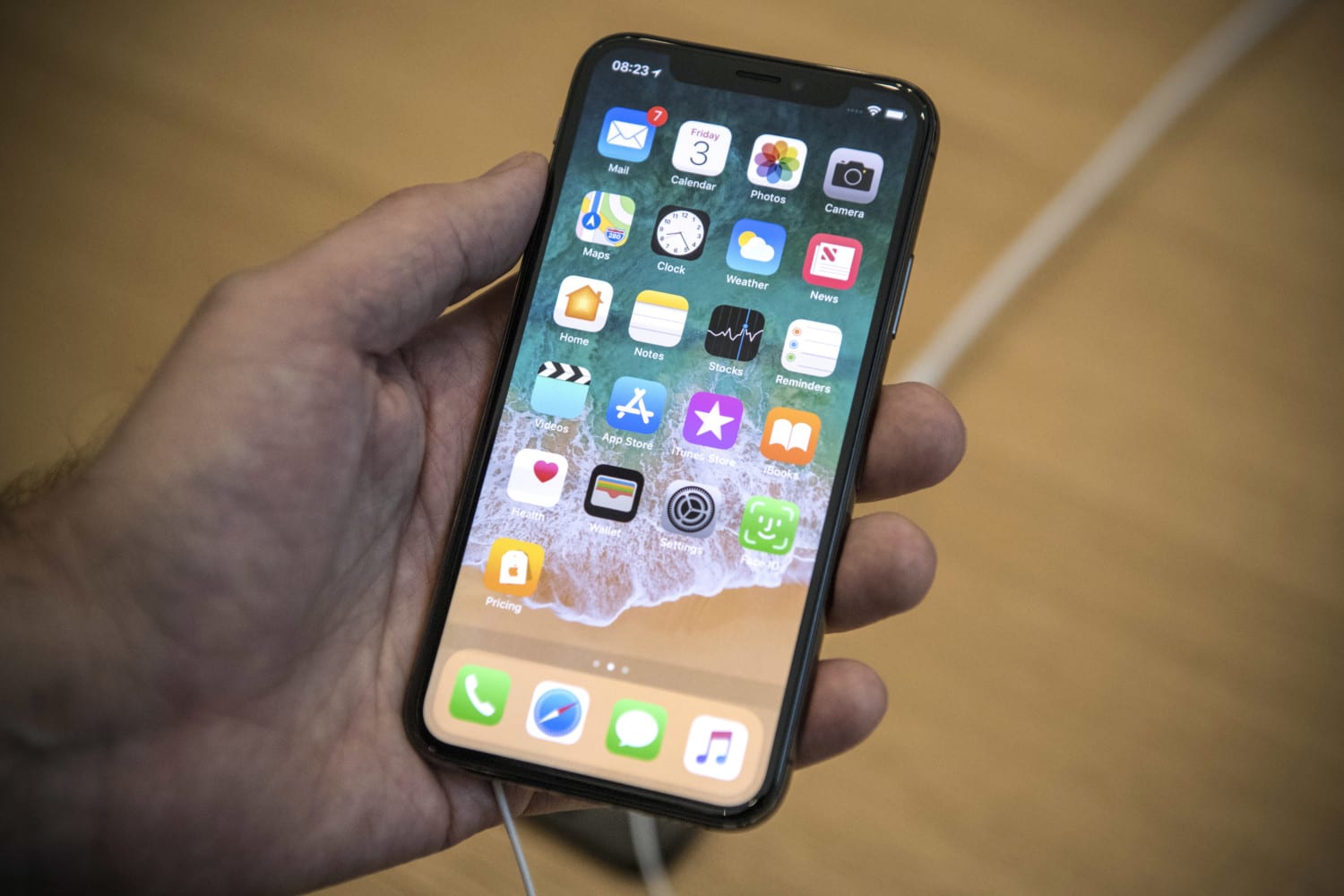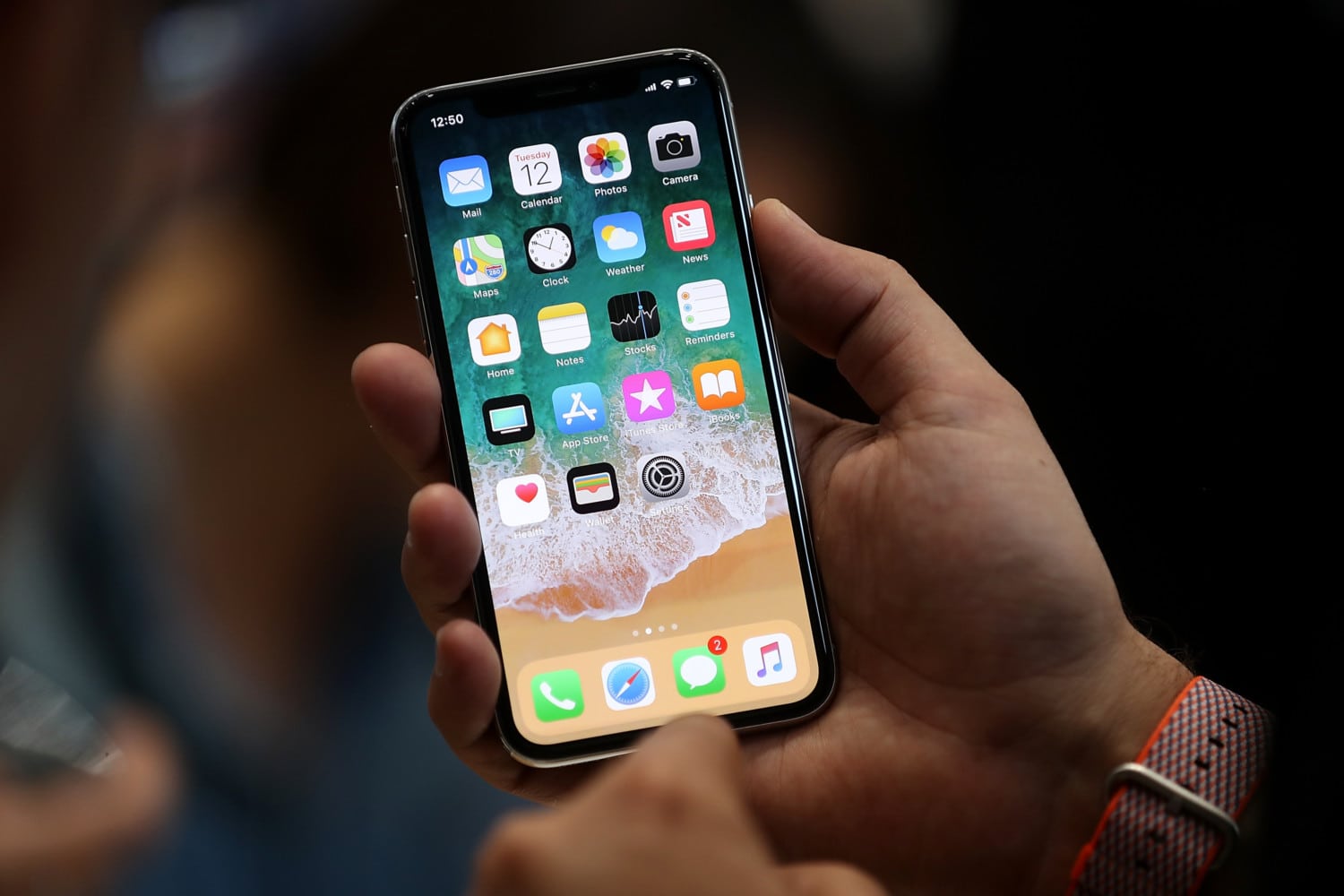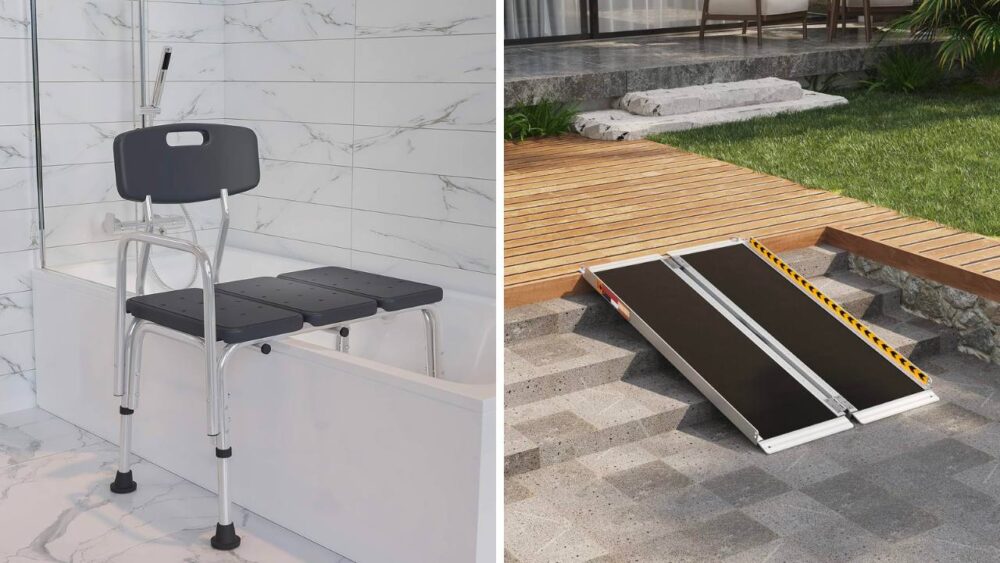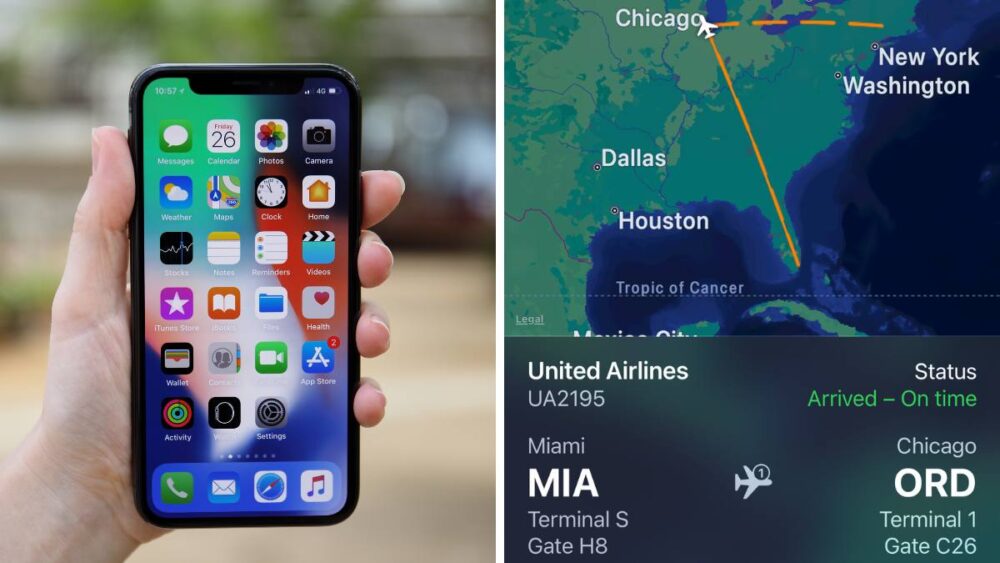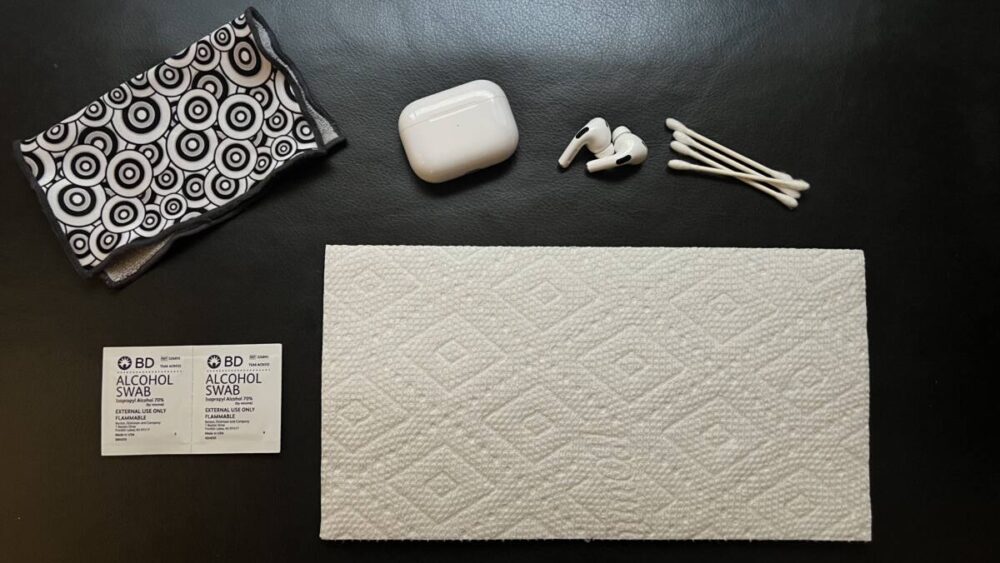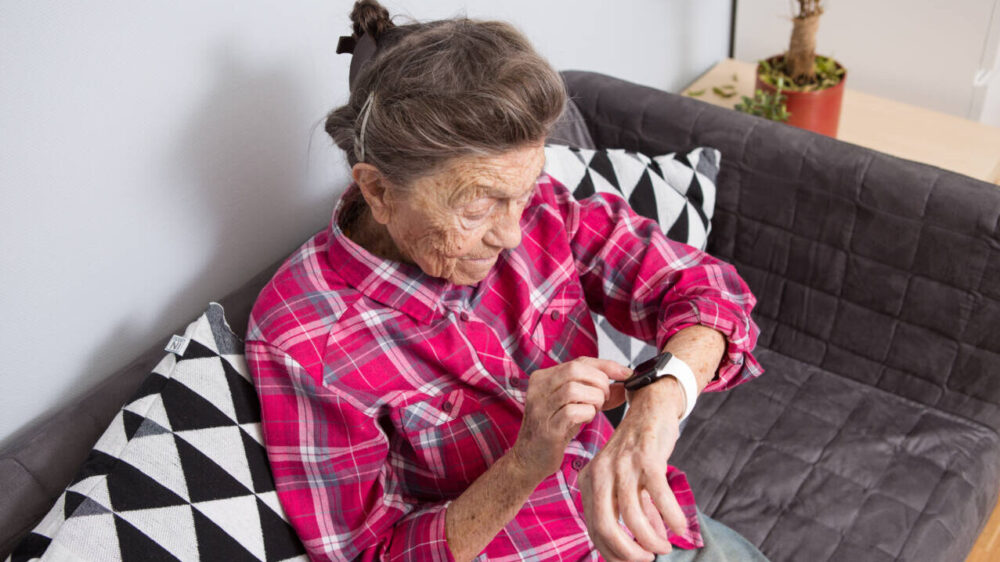Could using off-brand charging cables hurt your iPhone?
When your iPhone battery is rapidly dwindling down, it’s easy to panic and use just about anything to charge it back up. But before you grab a $5 cable from a gas station, consider whether the savings are worth risking your entire smartphone.
You can find so-called “lightning cables” nearly anywhere, from drug stores to big-box retailers to online retail giants. However, while often inexpensive, unofficial lightning cables can be unreliable or, even worse, hazardous in certain situations.
An off-brand cable may be inconsistent as well as easily damaged. And because these mass-manufactured cords may lack the quality control of Apple or certified third-party producers, your cable could fail to hold a charge or even begin to unravel after little use. Even worse, the cables can overheat, severely damaging your iPhone or ultimately catching fire.
UL, a global safety science company, created standards for lightning cables and regularly tests those available in the marketplace. It warned customers to be wary of inadvertently ruining their phones.
“You can potentially overcharge the battery, which can cause a fire or explosion, which is a safety issue,” UL Wire and Cable Program Manager Randy Ivans told “Good Morning America.” “You can damage the phone to the point that you won’t be able to use it or get the data off it anymore.”
A 2016 UL technical investigation of 400 fake Apple chargers from all around the world found that 99 percent failed a basic safety test. Researchers applied high voltage to the chargers to test for safeguards to protect users and devices from shock or damage. They concluded that all but three of the 400 off-brand chargers were potentially hazardous and 12 “were so poorly designed and constructed that they posed a risk of lethal electrocution to the user.”
Apple brand charging cables — and those from authorized third-party retailers—contain a small protective chip that protects your phone from a potential power surge or overheating. Many of the off-brand options, while low-cost, can also be low-quality, and experts say many of these cables lack that protective chip, the first line of defense against a power surge. If the chip is missing or damaged, you may be unable to charge your device or may permanently harm the processor or battery.
Jessa Jones, owner of iPad Rehab in Honeoye Falls, New York, told “Good Morning America” that she sees phones critically damaged by faulty charging cords nearly every day. She examined eight off-brand cables from gas stations, a discount store chain, CVS, Walmart and Amazon, and found that six out of eight of the cables did not have the protective chip. In fact, three of those cables even claimed to be certified by Apple or had Apple packaging, all of which were counterfeit.
So how can you ensure you’re using an approved lightning cable? The easiest way is to buy directly from Apple or an Apple authorized retailer. You can find a database of Apple-certified Made for iPhone (MFi) brands and models on their website.
You may get lucky and not experience damage from these cheap cables, but you’ll ultimately save yourself more in the long run by investing in a reliable, quality cord from Apple or one of its MFi manufacturers — and by avoid the potentially dangerous pitfalls of a quick, money-saving solution.
MORE: Holiday shoppers warned against buying counterfeit luxury goods


